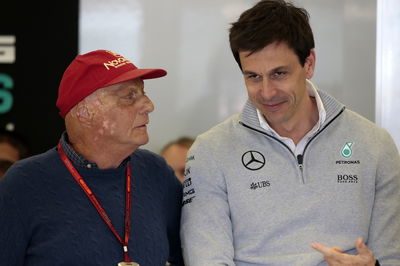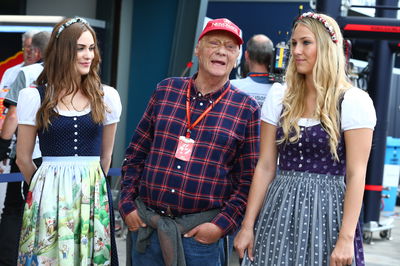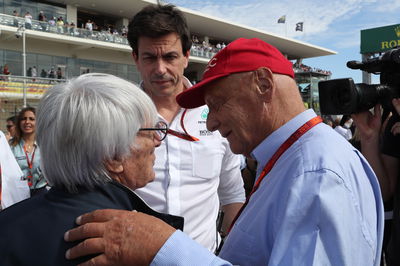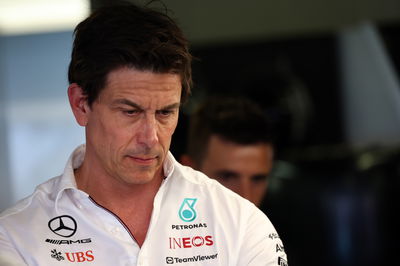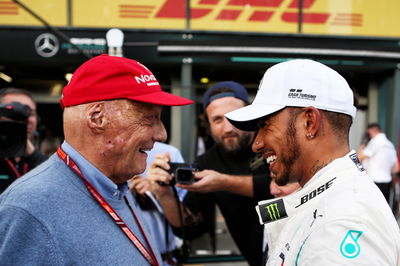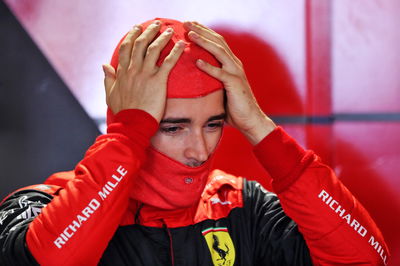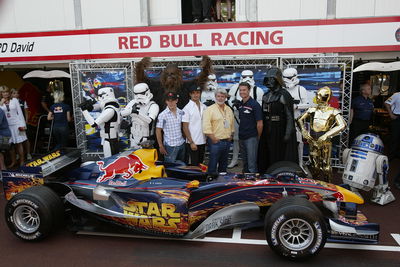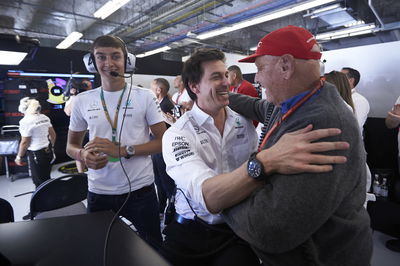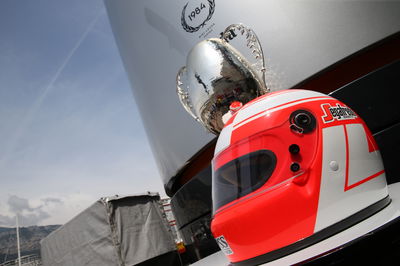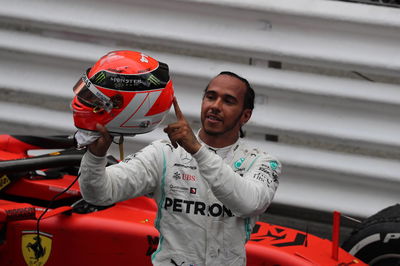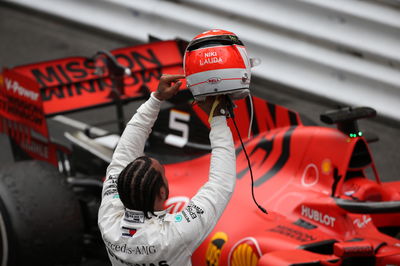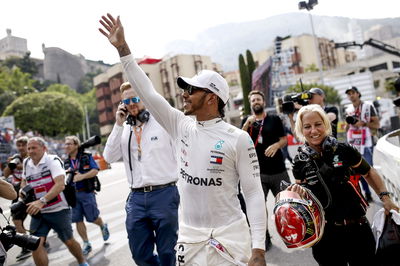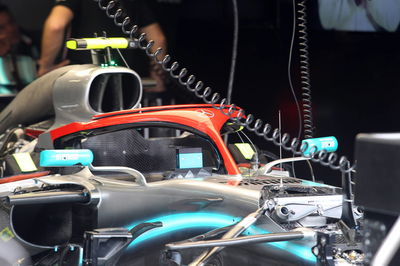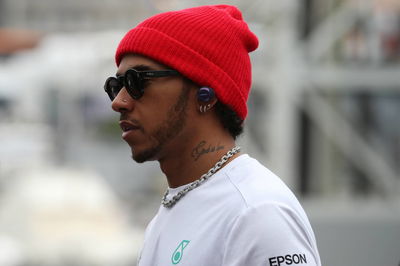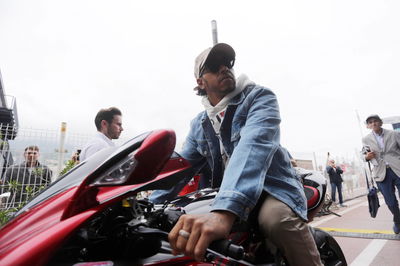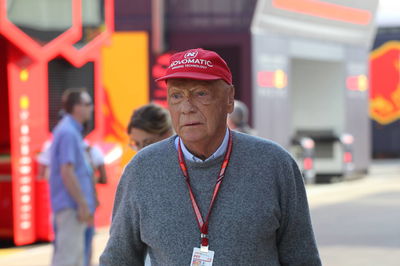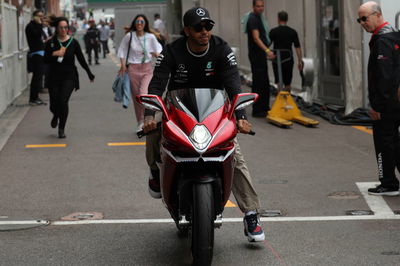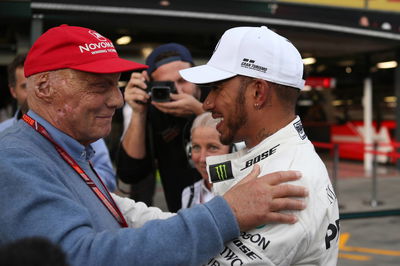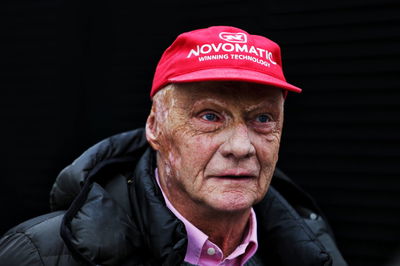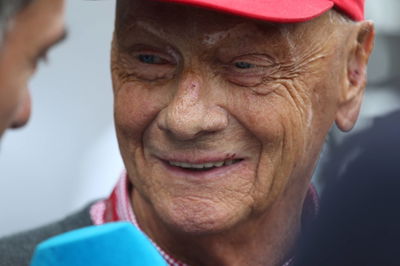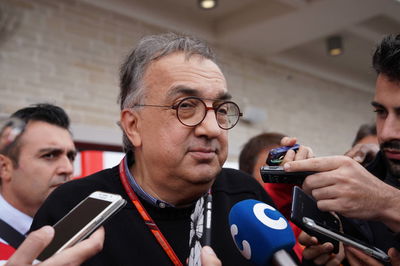Niki Lauda
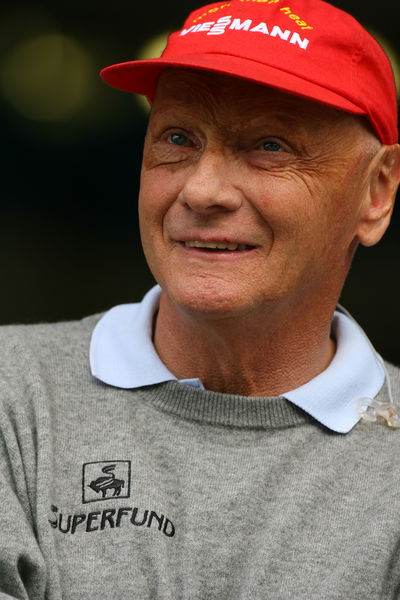
Personal Information

About Niki Lauda
Niki Lauda F1 Career Overview
Regarded as one of the greatest F1 drivers of all time, Niki Lauda personified true grit and determination in the sporting arena both with its blistering speed behind the wheel of an F1 car and most famously through his comeback from horrific injuries sustained in the midst of his 1976 F1 title bat
Career Stats
Latest News
Pagination
- Next page Next Page
Full Biography
Niki Lauda F1 Career Overview
Regarded as one of the greatest F1 drivers of all time, Niki Lauda personified true grit and determination in the sporting arena both with its blistering speed behind the wheel of an F1 car and most famously through his comeback from horrific injuries sustained in the midst of his 1976 F1 title battle with James Hunt.
The only driver to have won F1 world titles for both McLaren and Ferrari - the two most successful constructors’ in the history of the sport - Lauda won the World Championship on three occasions (1975, 1977 and 1984) before finding further success as a non-executive chairman for the all-conquering Mercedes-AMG Petronas F1 team.
With his 1976 title battle and comeback immortalised in the 2013 film Rush - which drew critical acclaim for the actor playing Lauda, Daniel Bruhl - he remained an active member of the paddock right up until his death aged 70 while undergoing dialysis for kidney problems on the weekend of the 2019 Monaco Grand Prix.
Niki Lauda F1 Career - Team-by-Team
March / BRM: 1971-1973
A British Formula Two Champion in 1972 with March, Lauda actually made his F1 debut a year earlier in 1971 with a one-off outing before securing a full-season in 1972 alongside his F2 efforts.
Though the March was rapid in F2 guise, it was out of its depth in F1 and coupled with Lauda’s inexperience the Austrian failed to get on the board in his rookie season.
A switch to BRM - at his own expense - drew only modest improvements in uncompetitive machinery with a best finish of fifth at the Belgian Grand Prix, but it was his performance the following race at Monaco, during which he ran third before retiring, that caught the attention of Enzo Ferrari.
With Ferrari having already signed Lauda’s BRM team-mate Clay Regazzoni for 1974, it was the Swiss driver’s seal of approval for his counterpart’s talents that secured him his own promotion to the iconic Scuderia also.
Ferrari: 1974-1977
Driving a heavily-revised version of the Ferrari 312B that had been competitive in previous years, the new, relatively untested addition of Lauda proved Ferrari’s risk had been worthwhile with both drivers emerging as frontrunners in 1974.
While the greater consistency of Regazzoni - who drove for Ferrari in 1970, 1971 and 1972 - ensured a steady hand that fought for the title against Emerson Fittipaldi, it was Lauda that showed stronger bursts of form but greater fragility. Scoring a maiden podium on his Ferrari debut in Argentina, Lauda notched up a first win at Jarama, with another at Zandvoort nosing him to the head of the standings with five rounds remaining. However, DNFs in each of those races dropped him to fourth overall.
Retained for 1975, Lauda began as one of the title favourites in only his fourth full season of F1 competition and duly came good on his overwhelming promise, putting a modest start to the year behind him with a devastating mid-season rout of four wins in five races that gave him an edge over Emerson Fittipaldi he’d hold onto to be crowned World Champion.
The 1976 season would go on to live in notoriety, both for the brewing - sometimes bitter - rivalry between Lauda and Hunt, and the extraordinary comeback by Lauda just weeks after almost perishing in a fiery accident at the Nurburgring.
With Lauda’s meticulousness quite at odds with the flamboyance of McLaren driver Hunt, the fight between the pair was engrossing from the start even if it was the Austrian that largely held the advantage with a romp of five wins from the opening nine races, compared with Hunt’s two.
However, tensions flared when Hunt was stripped of his win in Jarama because his McLaren was too wide, only for an appeal from the team to have him reinstated a full two months later. That closed up the championship battle again before Lauda was involved in a horrific accident at the Nordschleife that left him with severe burns and is considered to have only survived but for the bravery of other drivers to stop and help him.
Fatefully it was a race Lauda didn’t want to start at all, arguing the length of the 14-mile circuit - which it had already been decided would be abandoned after the 1976 German GP - exposed flaws in its safety, notably the time it would take for sparsely spread out emergency teams to reach a stricken driver should they crash. However, his attempts at organising a boycott failed and he took the start as planned, only to crash on lap two while heavily-fuelled, again primarily due to the length of the lap.
Considered only moments from death, it was believed Lauda’s F1 career was over but the Austrian defied medical orders to not only embark on a remarkable recovery path but do so at the expense of only two races, returning at Monza. By this stage Lauda was still the championship leader, but only two points clear of Hunt and unclear of his form on his return.
Perhaps unsurprisingly Lauda wasn’t as fearsome as he had been prior to his accident but still notched up strong finishes in Monza and at Watkins Glen (fourth and third) to keep the title dream alive into the finale, assisted by the quirk of the points being determined from the best seven results of the last eight races.
It meant that Lauda retained a single point advantage heading to Fuji, but with driving rain spooking him following his accident, he chose to withdraw on lap two. Hunt’s third place finish therefore allowed him to leapfrog Lauda to win by a single point.
Having made a full recovery over the winter, Lauda was back to his best for 1976 and returned to the winners’ circle in Round 3 at Kyalami. While Jody Scheckter arguably had the quicker car in the Wolf, Lauda’s superior consistency kept him ahead of the South African to wrap up the title with two rounds to go.
With Lauda and Ferrari’s relationship souring despite his two world titles, he didn’t start the final two events ahead of a switch to Brabham for 1978.
Brabham: 1978-1979
Joining the well-funded Brabham team for 1978, Lauda endured a tricky season in which the Alfa Romeo-powered BT45/46 proved quick but frail, with a trio of podiums and four DNFs from the opening seven rounds all but eliminating him from the title fight.
His time at Brabham, however, will be best remembered for his sole win with the team at Anderstorp in Sweden, which saw the debut - and swansong - of the fabled ‘Fan Car’, so called for the huge fan located at the rear of the car. Certainly innovative, the vacuum created by the fan’s position ensured immense downforce and rivals were unimpressed when Lauda powered to a dominant victory.
Prompting protests, though Lauda’s win was allowed to stand, the car was unsurprisingly banned from the following race.
However, it would prove the scant highlight from a miserable two seasons with a disillusioned Lauda walking away from the sport at the conclusion of the 1979 season.
McLaren: 1982-1985
After two years out of the spotlight, Lauda was tempted back to F1 after receiving a record $3m deal with McLaren and immediately announced his return by organising a drivers’ strike in response to the imposing of a ‘superlicence’ at the opening round in Kyalami, with all but Teo Fabi going to the extent of barricading themselves in the Sunnyside Park Hotel.
The season itself didn’t yield significant success save for wins on the third start of his return at Long Beach and another at Brands Hatch en route to fifth overall.
The 1983 season wasn’t a marked improvement for Lauda and he suffered a win-less campaign in the year McLaren swapped from Ford Cosworth to TAG-Heuer (Porsche) power mid-season.
That change prompted an upsurge of form in 1984 and while his year was littered with DNFs (six from the opening eight races), when he did reach the chequered flag he was more often than not on the podium. A rapid run of performance in the second half of the year added to a five victory tally and with it a shot at a third World Championship title. Eventually Lauda won by half-a-point, a margin engineered by the Monaco Grand Prix (a race Prost won and Lauda crashed out of) being stopped early due to bad weather.
Lauda completed one more season in 1985, suffering with bad reliability again but adding one more victory in the Netherlands as his 25th and final F1 success before retiring for a second time at the end of the year.
Niki Lauda - Beyond F1
Lauda kept his racing commitments tied to F1 primarily during his career, save for a stint in the GP-supporting BMW Procar M1 Championship which drew a number of the F1 stars in 1979. Lauda succeeded in winning the title with three wins from eight races (including at Monaco) defeating Hans-Joachim Stuck and Regazzoni to the crown.
When his racing career ended, Lauda busied himself with entrepreneurial projects, most notably launching his own airline - Lauda Air - during his first retirement phase in 1979. It was later morphed into national flag carrier Austrian Airlines’ leisure operation before ceasing flights under that guise in 2013.
Nonetheless, Lauda went on to found Niki in 2003 and went into partnership with Air Berlin in 2011, before ceasing operations in 2017 after Air Berlin collapsed in wake of a failed takeover by UAE-flagged Etihad Airways.
Lauda returned to F1 in the capacity of team manager for the fledgling Jaguar Racing team - which had evolved from Stewart - for two seasons in 2001 and 2002 before taking on a non-executive (but highly influential) position at Mercedes F1 and played a pivotal role in luring Lewis Hamilton from McLaren.
Mercedes went on to win five F1 world titles prior to his passing in 2019 with the team going on to add a further two titles in his legacy in 2019 and 2020.
Latest Videos
Latest Photos
